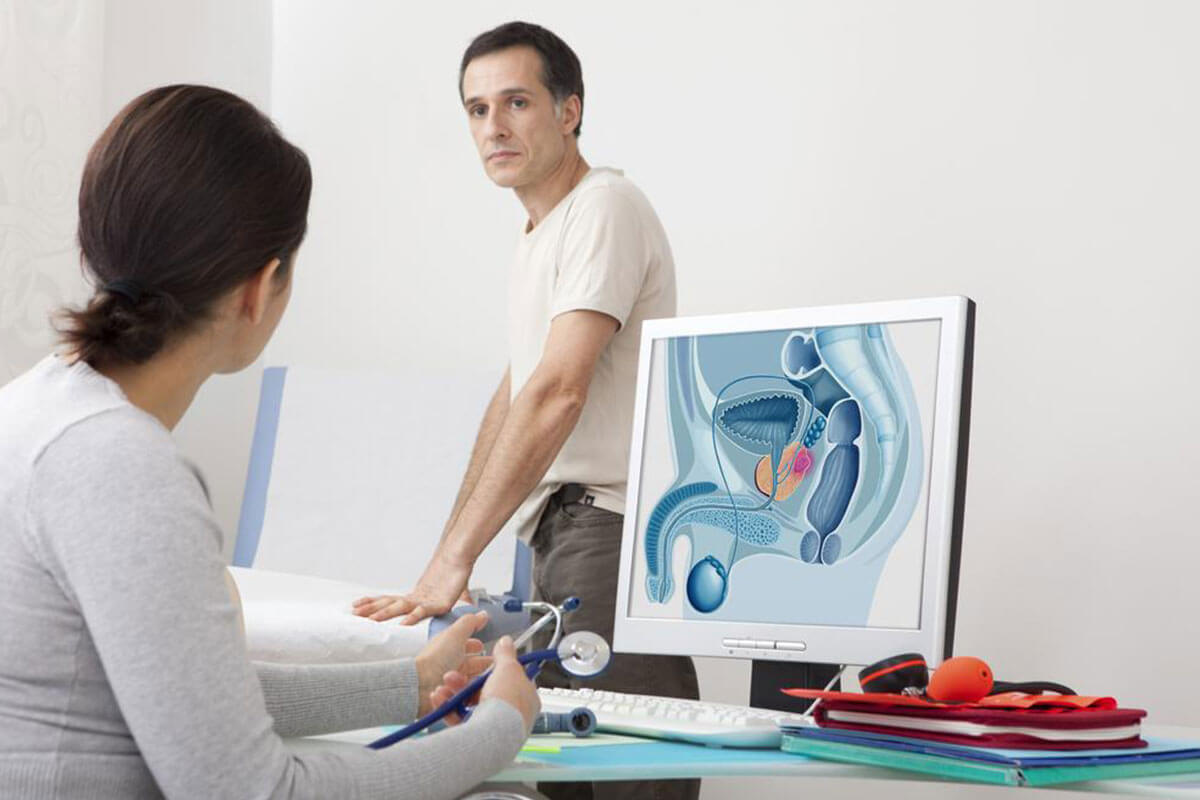Comprehensive Guide to Managing Enlarged Prostate: Effective Treatments and Lifestyle Tips
This comprehensive guide explores effective strategies for managing an enlarged prostate. It covers medications, minimally invasive treatments, surgical options, lifestyle changes, and dietary tips to alleviate symptoms and improve quality of life. Understanding available options and early intervention are key to successful management of prostate health.

A Comprehensive Guide to Managing Enlarged Prostate: Effective Treatments and Lifestyle Tips
Experiencing frequent urination, difficulty during urination, or a persistent sensation of incomplete bladder emptying are common signs that may indicate prostate-related issues. The prostate gland, a small, walnut-shaped organ located below the bladder and surrounding the urethra, plays a critical role in male reproductive health, including the production of seminal fluid. While the prostate is relatively small at birth, it naturally enlarges with age. In many men over 50, this enlargement can lead to a condition known as benign prostatic hyperplasia (BPH), which can significantly impact urinary function and overall quality of life. Recognizing the symptoms early and exploring various management strategies can help alleviate discomfort and prevent complications.
Managing an enlarged prostate involves a combination of medical treatments, lifestyle modifications, and sometimes surgical interventions. It is vital to work closely with healthcare professionals to identify the most suitable approach based on the severity of symptoms and overall health status. Medications approved by the Food and Drug Administration (FDA) are among the primary options available for prostate management. These medications aim to reduce prostate size or control abnormal cell growth, thereby alleviating symptoms and improving urinary flow. Alongside pharmacological treatments, minimally invasive procedures and surgical options have been developed to offer relief without the need for extensive surgery, making treatment safer and more accessible.
One of the most commonly prescribed medications for enlarged prostate is 5-alpha-reductase inhibitors. These drugs work by blocking the conversion of testosterone into dihydrotestosterone (DHT), a hormone responsible for prostate growth. Over several months, these medications can lead to a noticeable reduction in prostate volume, easing pressure on the urethra and improving urination. Another class of drugs, alpha blockers, work by relaxing the muscles in the bladder neck and prostate, providing more immediate symptom relief, often within days to weeks. These medications do not shrink the prostate but make it easier to urinate.
In addition to medications, advanced minimally invasive therapies have gained popularity. For example, heat-based treatments such as transurethral microwave therapy (TUMT) and transurethral needle ablation (TUNA) utilize localized heat to reduce prostate tissue effectively. These procedures are typically performed on an outpatient basis, do not require extensive anesthesia, and have minimal recovery times. Laser therapies, like photoselective vaporization of the prostate (PVP), use laser energy to vaporize excess tissue, providing quick symptom relief and reducing the need for more invasive surgery.
If these less invasive methods are unsuccessful or if the prostate enlargement is severe, surgical options may be considered. Transurethral resection of the prostate (TURP) remains the most common surgical procedure, involving the removal of excess prostate tissue to open the urethra and improve urine flow. In some cases, prosthetic stents can be inserted into the urethra to keep the passage open. Recovery times vary depending on the procedure and individual health status, but modern techniques aim to minimize complications and improve overall outcomes.
Beyond medical and surgical interventions, lifestyle modifications play an essential role in managing prostate health. Dietary changes, such as increasing fruit and vegetable intake, reducing saturated fats, and incorporating prostate-friendly foods like omega-3 fatty acids, can support overall prostate function. Regular physical activity, including exercises like Kegel workouts, can strengthen pelvic floor muscles, improve bladder control, and reduce symptoms. Herbal supplements containing saw palmetto, basic zinc, or pygeum have also shown potential benefits in alleviating mild prostate symptoms, although scientific evidence varies. Always consult with a healthcare provider before beginning any supplement regimen.
Maintaining a healthy weight, limiting alcohol intake, and reducing caffeine consumption can further lessen urinary symptoms associated with BPH. Routine medical check-ups are crucial for monitoring prostate health, especially in men over 50 or those with a family history of prostate issues. Early diagnosis and personalized treatment plans are key to preventing progression and improving quality of life.
In summary, managing an enlarged prostate involves a multifaceted approach that includes medical treatments, lifestyle changes, and, in some cases, surgical options. Advances in minimally invasive techniques and medications have made it possible to control symptoms effectively while minimizing risks and improving recovery times. Proactive management and regular consultation with healthcare professionals can help men lead healthier, more comfortable lives despite prostate concerns.





